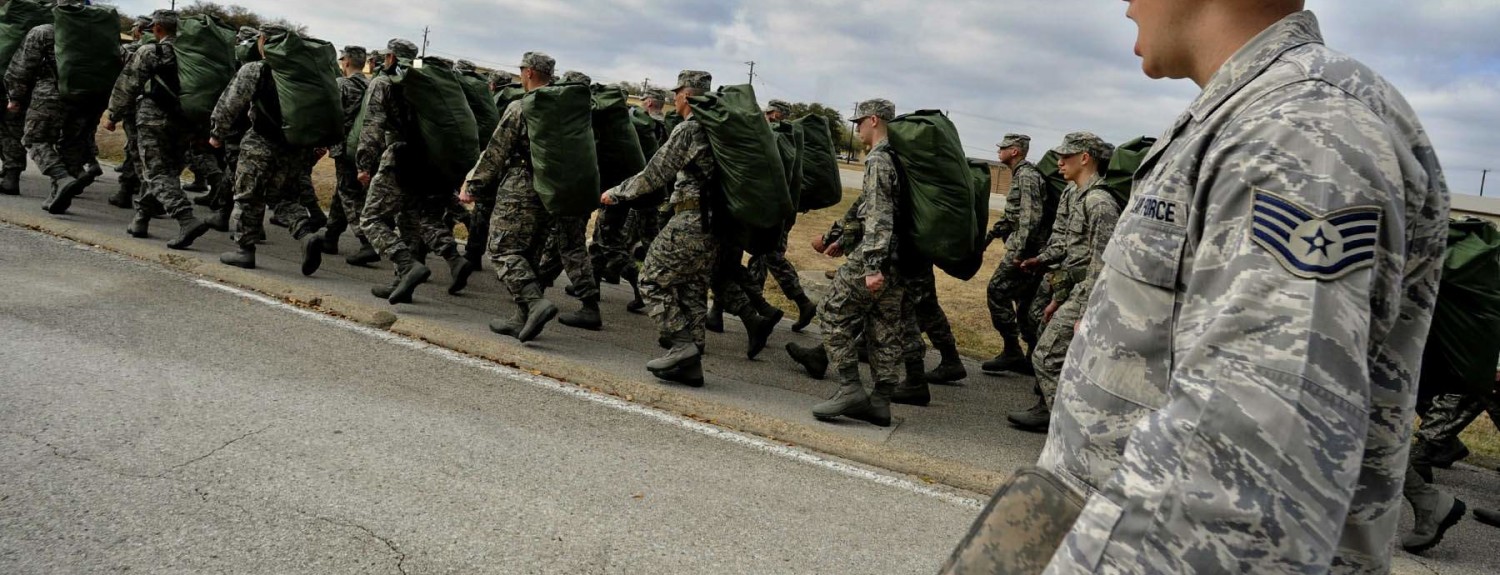Has military hazing decreased in recent years? Congress has been asking this question for years, but it won’t receive a concrete answer. Despite their best intentions, the military services do not track hazing consistently enough for Congress to draw any conclusions.
According to a report presented to Congress by the Government Accountability Office (GAO), while the Army, Navy and Marine Corps keep some record of military hazing, the way they collect data and maintain their records varies widely. The Air Force and Coast Guard don’t collect that information at all.
Because the information available is so inconsistent and incomplete, GAO officials found it impossible to conclude whether or not military hazing is on the rise or decline. The anti-hazing policies in place are also so broad that servicemen who are hazed won’t be able to recognize that their experiences count as hazing.
“If [troops] do not fully understand the hazing policies, hazing victims may not be able to recognize hazing when it occurs, including hazing by those in positions of authority,” the report states.
“The training materials generally focused on clear examples of hazing behaviors, and did not illustrate where accepted activities such as training and discipline can cross the line into hazing,” the report adds.
Congress was inspired to take a firmer stance against this issue after a string of extreme hazing incidents came to light. In 2011, a Marine committed suicide after his comrades beat him and threw sand in his face for three hours straight. In 2013, Congress was shocked to discover that female sailors were forced to march around base holding buckets of human waste.
The Department of Defense will issue new guidelines to better distinguish normal training behavior from hazing and bullying.




































